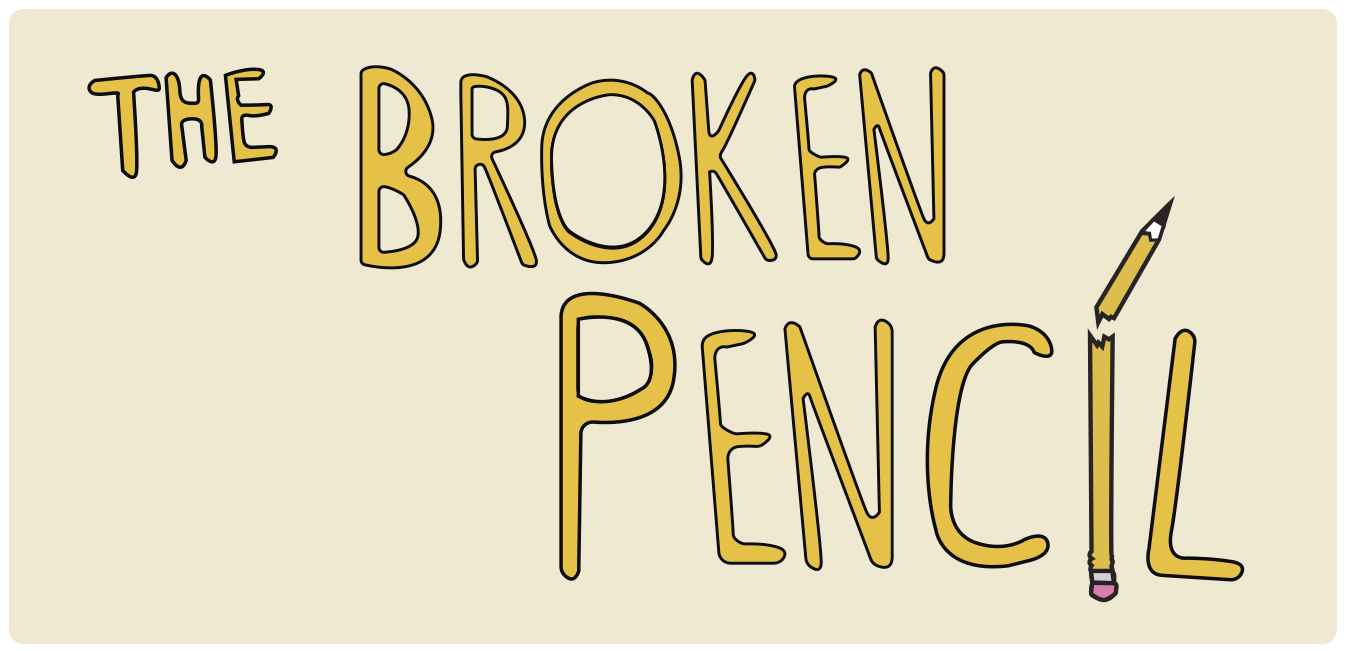Sneak a peek inside ConU’s washroom stall graffiti subculture
Confession: reading the messages and looking at the rushed art on the stalls in the women’s washrooms across campus is a guilty pleasure of mine—at least it used to be. A little investigative journalism venture in preparation for this article led me to realize how much of the graffiti I’ve been reading since first year has been covered up. Most of the current comments—or “tags,” if you will—I’ve found are in the women’s washrooms on the ground floors of the LB and EV buildings, plus a single, lonely and forgotten anti-Trump doodle in the H building.
First off, to the pair who, likely separately, tag-team wrote: “In a society that profits from your self doubt, liking yourself is a rebellious act … and loving yourself is a REVOLUTION,” in the first stall on the left side of the EV building washroom: thank you. And to whoever wrote: “❤️❤️❤️❤️for the [person] reading this” in the third stall of the LB washroom: ❤️for you too.
While some may view these empowering tags as vandalism, for others, they can be that extra push you need to make it through the day. (Think The Handmaid’s Tale when Elisabeth Moss’s character is locked in her bedroom and sees the phrase about perseverance carved into the baseboards of her closet by a previous handmaid—but the struggling student version).
The stalls also house a variety of art, life advice and stickers. In the fifth stall of the LB building washrooms, there are two Sharpie sketches of people—one with longer hair and the other with what appears to be a hijab on; the sketch is headlined with: “Everyone has their own beauty❤️.” The same stall also has a tag that reads “Work is long when you’re wearing a thong.” Found in some stalls are also the thoughts we dare not say aloud. One person writes: “I’m an attention addict, but I don’t show it,” while another person confesses: “I’m constipated.” The mixture of subconscious confessions, with body positive support and comedic anecdotes that all corroborate the nuanced experience of life is raw and refreshing to read.
Many tags have humourous undertones of solidarity, particularly with comments like “BLOODY FEMININITY,” written on the lid of the menstrual product disposal box in the last stall on the right-hand side of the EV building washrooms. “You are enough,” is written in the second stall of the LB building facilities. For me, reading messages like these warms my heart.
When having a bad day, week, month or whatever, reading an honest tag about something similar, a funny anecdote or even just reading that someone else is also not okay, is oddly comforting. The one, unifying theme found in all the stalls is the need for solidarity and support between women, female-identifying, and non-binary people. Whoever wrote: “To all my sisters, we need to love each other and be there. Stop bitchin’,” in the second stall of the LB building washrooms—you know what’s up.
Note: The Concordian recognizes that the graffiti and art mentioned in this article likely violate vandalism policies at Concordia University, and we are by no means encouraging anyone to go out and start attacking washroom stalls with writing utensils (wink).
Feature graphic by @spooky_soda.
